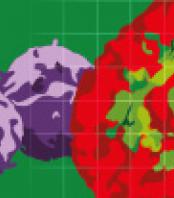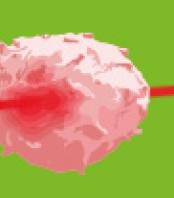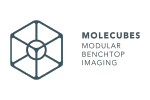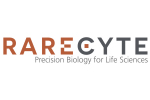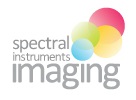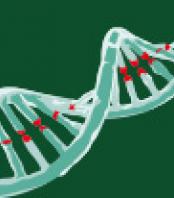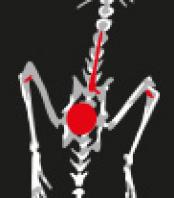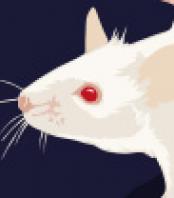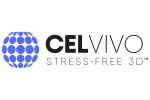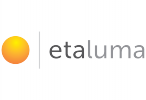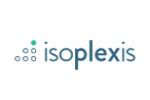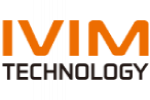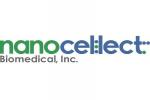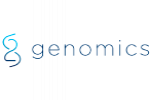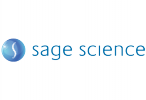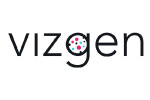The 10‐year survival rate of cancer patients has greatly increased over the last 20 years. However, the survival rate of patients with major malignant tumors, such as lung and pancreatic cancers, still shows negligible improvement.The conventional chemotherapeutic strategy for treating lung cancer remains unsatisfactory in this respect. Specifically, the 5‐year survival rates of both non‐small‐cell lung cancer (NSCLC) and small cell lung cancer (SCLC) patients exhibited merely 4–5% improvements in the past decade for cancer in stages I–III.2 The main difficulty in treating lung cancer is the lack of targeted chemotherapeutic agents specific to the lung tumor tissues and, thus, non‐specific targeting generally leads to unwanted side effects induced by excessive doses of chemotherapeutic agents.
Several strategies have been introduced to resolve the aforementioned issues, such as cancer antigen‐targeted monoclonal antibody (mAb) therapy,4 nanodrug delivery,5 and cell‐mediated therapy (i.e., T‐cell‐based therapy for NSCLC6). However, many clinical trials have shown that intravenously administered mAb, particularly epidermal growth factor receptor‐targeting mAbs, induced dermatological toxicities (e.g., acneiform eruption, xerosis, telangiectasia, hyperpigmentation, fissures, and hair/nail changes) in over 50% of patients after treatment.
Read more!
